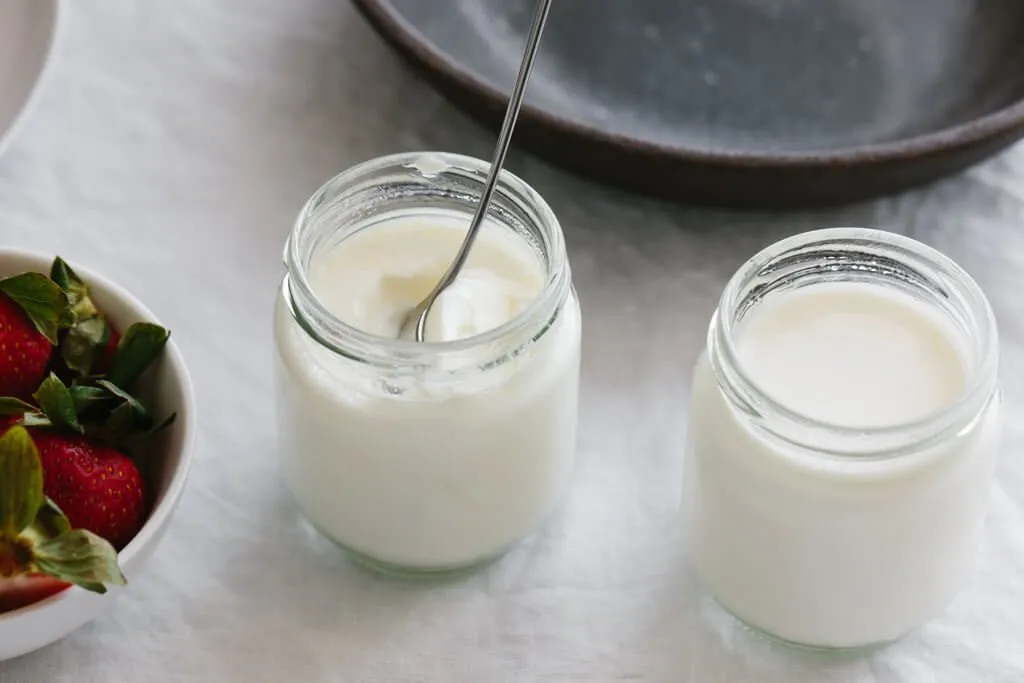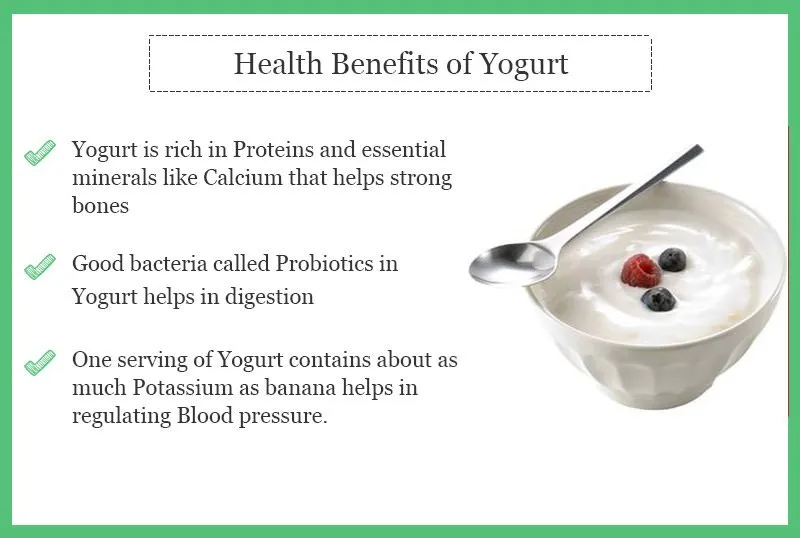Yogurts made "homemade"

Yogurt is a product of the fermentation of milk, a very old process that goes back to prehistoric times. It probably appears in France around the sixteenth century.
The name " yogurt ", " yogurt " or " yoghurt " is highly protected and reserved for fermented milk obtained by the development of certain bacteria only, under defined conditions of time and temperature. These are two specific bacteria: Lactobacillus bulgaricus and Streptococcus thermophilus . The first brings its acidity while the second develops its aromas.
Bacteria reproduce by the millions. They then transform some of the sugar in the milk into lactic acid. It is a lactic fermentation. The production of lactic acid acidifies the milk, which leads to its coagulation and the development of aromas.
By baking for a long time at an ideal temperature and for a fixed period of time the milk is transformed into yoghurt. A yogurt maker can produce yogurt in these optimal conditions.
The fundamental principle for a successful yogurt is to bring the temperature of the milk between 40 and 45 ° C. Lower than 40 ° C, it is too cold and fermentation of the yoghurt culture will not work. Higher than 45 ° C, yoghurt culture will be killed by heat. The fermentation is stopped by cooling and the yoghurt obtained will contain between one hundred and a thousand million living bacteria per ml. These bacteria must remain alive until the last day of the DLC (Date Limit of Consumption).

Making yogurts at home makes it possible to eat a more natural product by avoiding additives (thickeners, emulsifiers, etc.), preservatives, artificial flavors, gelatins and dyes from commercial dairy specialties. We can even do them bio. using organic ingredients. It's environmentally friendly, because it eliminates packaging that should be recycled.
Important information for vegetarians, practicing Muslims and Jews:
the problem of gelatin.
In France, a real yogurt with the name "yoghurt" on the packaging does not contain gelatine , as it is prohibited by law. If you also want to make real yogurts, use a yoghurt with the name "yogurt" on the package.
But many other products that look like yogurt and are in fact "dairy specialties" (bifidus, Activia, lightened etc ...) do not have this restriction. It is therefore perfectly legal for the producer to add gelatin. Gelatin is always of animal origin (resulting mainly from the bones or skin of animals). Dairy specialties with gelatin among their ingredients are not suitable for vegetarians.
The mad cow crisis has removed the bovine gelatin foodstuffs marketed in France, many dairy even major brands now contain porcine gelatin. The lighter dairy specialties are almost all in porcine gelatin. (Do not hesitate to call consumer services brands if you have a doubt).
This addition, whose mention in the list of ingredients is not always clear for uninformed people, makes these dairy products non-consumable by practitioners of certain religious communities (Muslim and Jewish) but also by vegetarians.
One more reason to make your homemade yogurts. Home-made manufacturing
Homemade yoghurt does not require gelatin (of animal origin) and gelling agent (the substitute for gelatin that is of plant origin).
To make other dairy specialties with a gelled or unmolded appearance at home, use agar-agar (they are seaweed, without any particular taste).